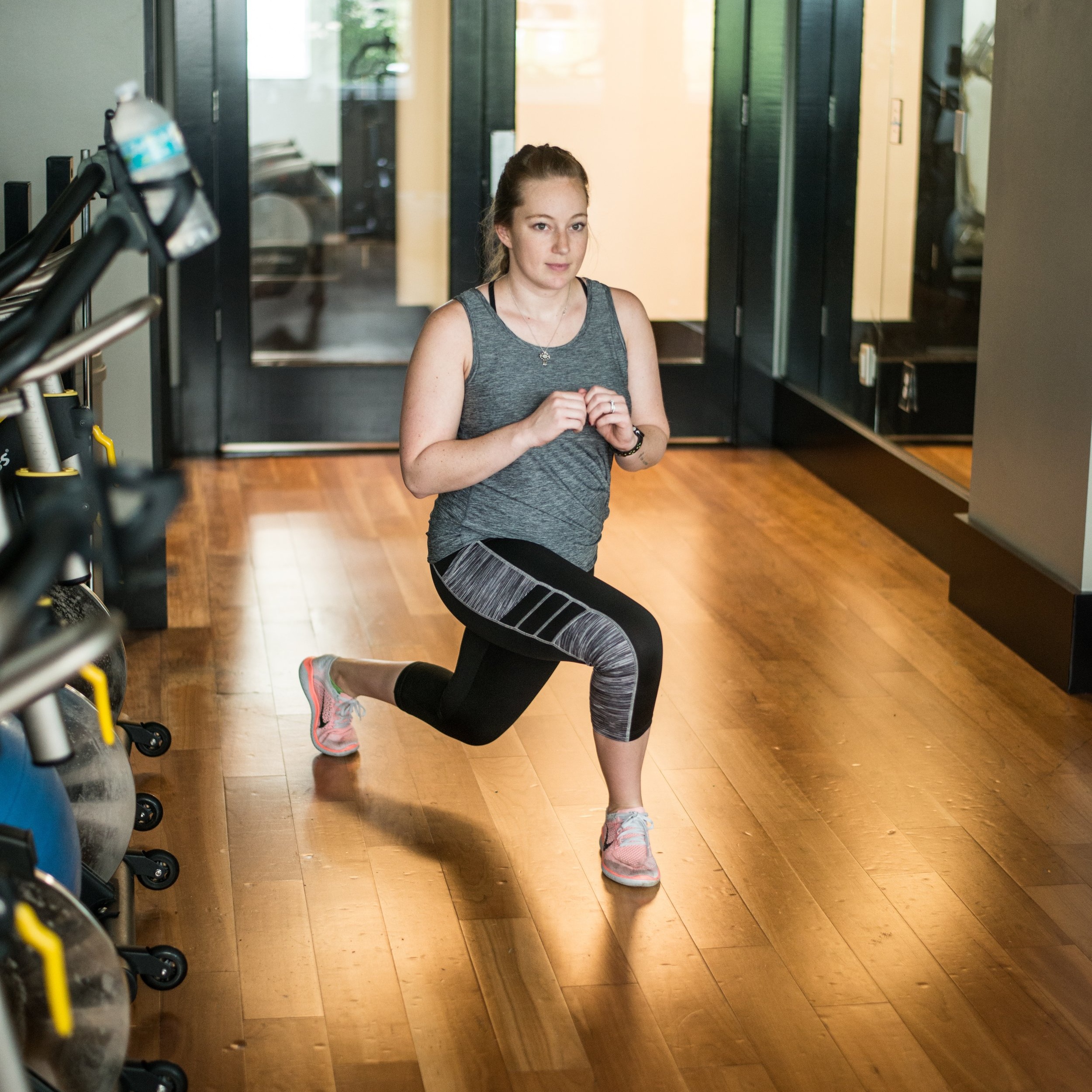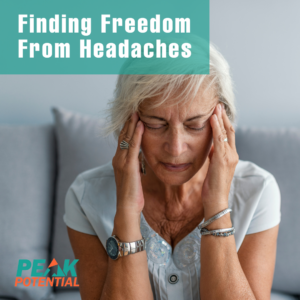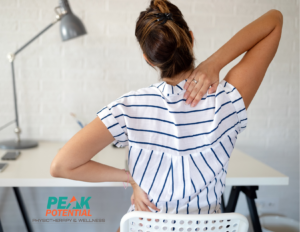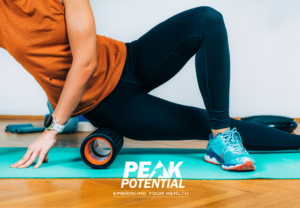
Exercise may be the last thing you want to do when you are in pain, but it can be the best strategy to eliminate pain. You get blood flowing, send feel good chemicals to your brain, and grow stronger.
A stronger body will support you better and ward off aches and soreness. The side effects are pretty great too – increased energy, burn more fat, fewer healthcare costs, and improved quality of life.
One of the best forms of exercise – as represented in the most current research literature – is high intensity interval training. This means you are working in bursts of high intensity and low intensity. For example you may jump rope for 30 seconds and then walk for 60 seconds, or sprint up the stairs for 30 seconds and then walk down for 60 seconds.
Benefits found for study participants include weight loss, improved strength, better balance and less pain symptoms. It also takes a lot less time than your hour long jog on the treadmill, so it is much easier to stick to long term.
Do Not Be Intimidated!
The problem is, when we think of HIIT (high intensity interval training) we think of 20 somethings working on their beach body or athletes training for competition. That can make people who are older, less athletic, or in pain fearful of training with this type of exercise.
The truth is that you can absolutely do this burst style training at any level and reap the benefits. The key is that your “high intensity” is what’s hard for you. If just walking up the stairs is strenuous then that can be your burst. You work at your high and low whatever level that may be. The important part is that during your burst you are moving as hard and as fast as you can safely.
Additionally, your low intensity interval should keep you moving. This isn’t time to sit down and “rest” it’s time to actively recover by walking, slowing marching in place, or whatever allows you to slow down your breathing and heart rate but not stop activity all together.
If you have pain, especially in your back or joints, it’s important to know that high intensity does not have to equal high impact. You can work hard and fast without pounding the pavement or your feet even leaving the ground – squats, stationary lunges, or just faster walking.
Why is HIIT better for pain?
This is the ideal workout if you are experiencing any type of pain from your joints, muscles, or autoimmune disease because it decreases in inflammation in your body.
The other, more traditional, exercise option would be steady state cardio. This is when you get on the stairmaster or elliptical and work at a moderate pace for a longer period of time – say 30 to 60 minutes. When you do this, other than being bored out of your mind, you are also causing a stress response in your body. Hormones are released to “fight” this stress and inflammation in your body increases. The result is often increased pain and fatigue.
With short bursts of higher intensity work your body doesn’t have time to trigger the stress response. You are working hard, but just when you body may think it’s in danger you slow it down and your body gets the message that everything is going to be alright. There is no need for it to send inflammation to protect to.
The best news is that HIIT training requires a much shorter time to get maximum results. Just 20 minutes will get you benefits like burning fat, building muscle, increasing your metabolism, decreasing depression, and mitigating pain symptoms.
Remember though – your burst must be hard for you. If you are casually talking to a friend during your burst then you aren’t pushing yourself hard enough. You don’t want to push yourself into more pain, but you do want to feel like after your 30-60 burst that you couldn’t do anymore.
Your rest interval should feel absolutely necessary to be able to go again. This causes your muscles to change on a cellular level equivalent to what you would get from an hour humming along on the treadmill watching a talk show. I’d say this is a much better use of your time and energy.
The most important thing if you have pain – especially if it is chronic – being sedentary is the worst thing you can do for yourself and quality of life. The more you avoid exercise the more you will get stiff, sore, and weak.
Do You Have More Questions or Concerns About Your Pain?
If you need help decreasing your pain to a level that it is comfortable to start exercising or need more guidance in the right exercise for your body, a physical therapist can help. Our Doctors of Physical Therapy are pain and movement experts. They can help get you out of this pain cycle and back to moving your body with more ease.
Wondering if physical therapy is right for you or how to find a practitioner that is the best fit for you? Download our FREE REPORT with all the questions we get asked frequently about physical therapy including “Will it work for me?” Just click the link below to receive your complimentary report. It will help you make a better, more informed and confident decision about your pain and health.




